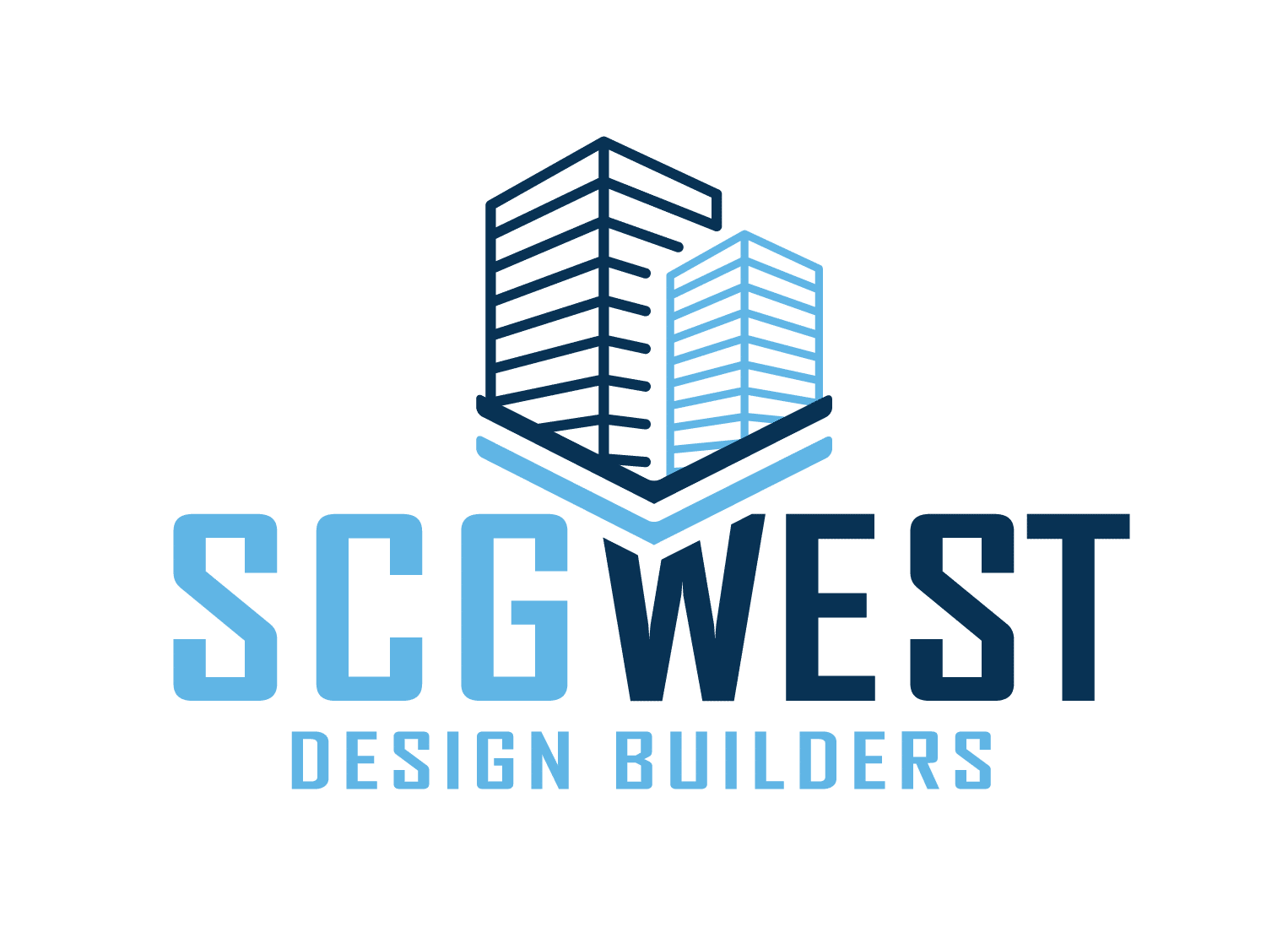Department stores offer discounts to bring shoppers in. Restaurants offer happy hour deals to draw customers in. In the world of commerce, incentives are constantly around us, but they aren’t limited to just the retail and restaurant industries.
In a soft market, where competition is fierce, landlords also offer incentives to attract prospective tenants. Among these, the tenant improvement allowance stands out as one of the most pursued and highly sought after.
So, what’s included in a tenant improvement (TI) allowance? Well, commercial lease agreements are unique to the situation and to the property, but most leases with a tenant improvement allowance clause include costs for replacing flooring, drywall, doors, windows, paint, lighting, cabinetry, and more. Tenants should come to the negotiation table with an accurate forecast of the planned renovation. Otherwise, they should expect a TI allowance of $10 to $20 per square foot. Your ability to negotiate the terms of a tenant improvement allowance is dependent on multiple factors including the condition of the space, position of the landlord, and the real estate market conditions.
- Condition of the Space: If the commercial space itself is deemed to be non-competitive, landlords will be more willing to provide greater allowances for tenant improvements in order to compensate for the condition of the space. Depending on the severity of the conditions, landlords may significantly increase the amount of TI allowances within the lease.
- Position of the Landlord: Meanwhile, economic factors will always have an impact on tenant improvements allowances. Therefore, larger landlords will be much more willing to provide a bigger chunk of change for upgrades when compared to smaller businesses.
- Real Estate Market Conditions: Lastly, if market conditions lean towards a seller, the less likely you will see a considerable amount allocated toward TI allowances. Commercial real estate landlords tend to keep their terms in line with current market conditions within your targeted area.
TI Allowances (Tenant Control vs Landlord Control)
Depending on the scale of the build-out, tenants should look to exercise a greater amount of control over the construction process. This means more work, but it allows tenants to provide their own chosen contractor and oversee the fine details of their project.
On the other hand, if the landlord wants to keep a certain level of control over the project, tenants may have the option to limit the landlord’s involvement. When a landlord takes complete control of the construction process and delivers the completed space to the tenant, this is referred to as a “turnkey build out.” Some tenants and landlords negotiate a compromise whereby each has some control of the process.
Key Takeaway
The tenant improvement allowance is a great advantage for tenants, and it’s important to be ready to negotiate strongly for it. Sometimes, prospective tenants might think of the TI allowance as a major favor from the landlord and hesitate to ask for more. But remember, it’s okay to firmly (and politely) ask for what you deserve! Think of the TI allowance as something you’re entitled to, and negotiate confidently to get the best deal. Don’t worry, SCGWest is here to help you through the process. We’re experts in this field and we’re ready to guide you every step of the way!



